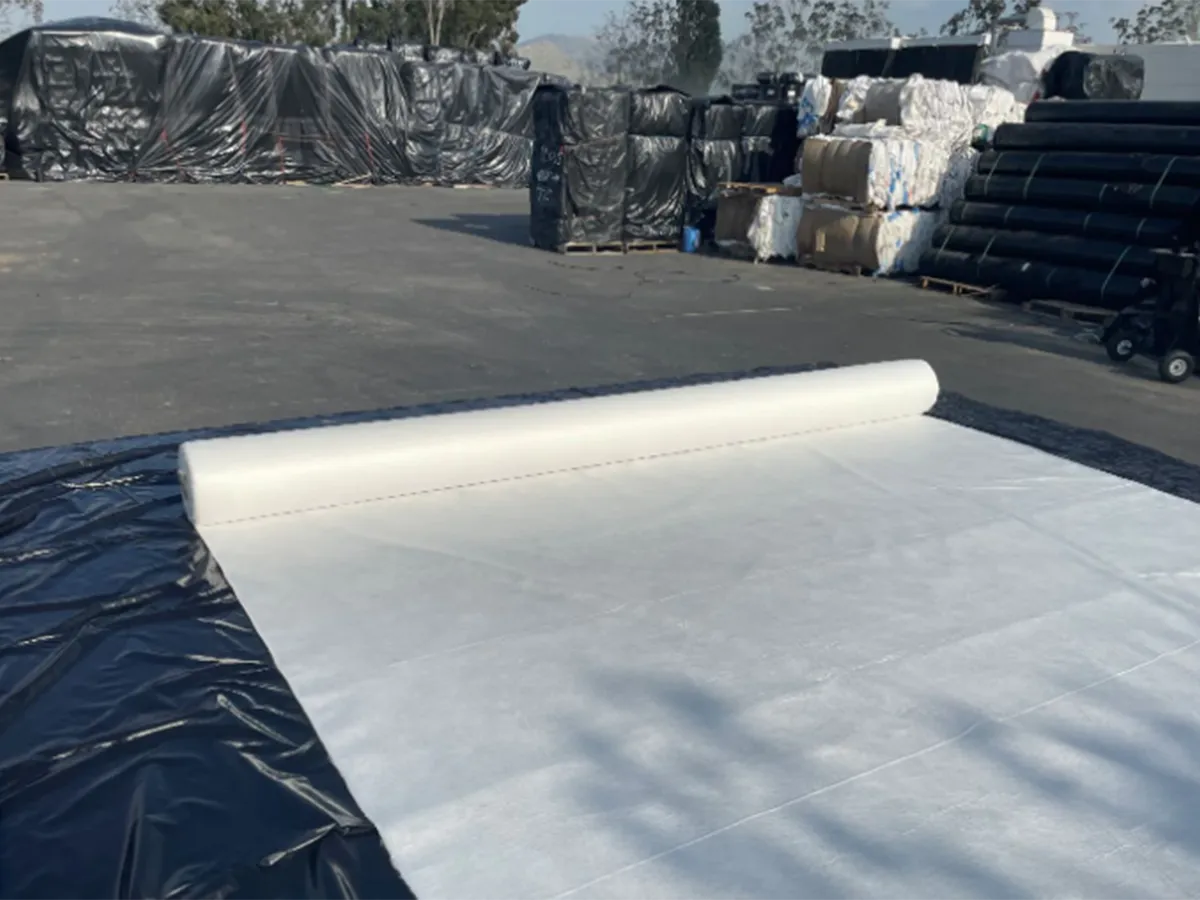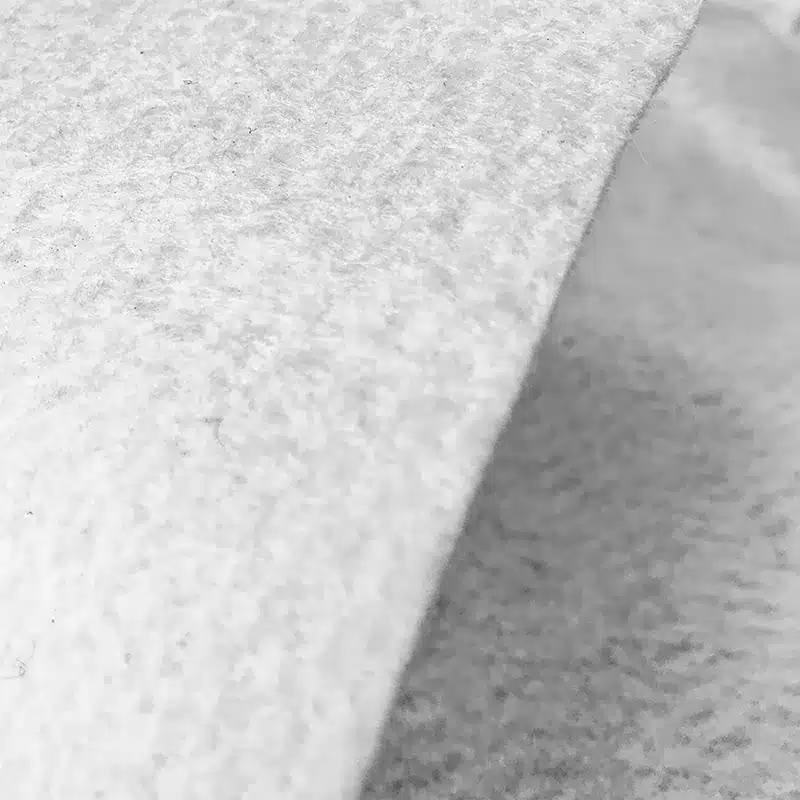+86-159 9860 6917
info@geofantex.com
geofantex@gmail.com
+86-400-8266163-44899
Geotextile erosion products, along with mats, plastic covers, and erosion control blankets, are revolutionizing the way we protect and enhance our natural landscapes. These advanced materials offer sustainable solutions to soil stabilization, erosion control, and environmental conservation. This article explores the crucial role that geotextiles and their complementary products, like erosion control blankets that provide immediate surface protection, play in modern land management. We’ll dive into their types, uses, materials, and the comprehensive benefits they bring to various ecosystems, highlighting how each contributes to more effective and sustainable land management strategies.
What are Geotextile Products?
Geotextiles, defined as any permeable textile material used to increase soil stability, provide erosion control, or aid in drainage, are essential components in modern land management. These fabrics, when used in association with soil, have the ability to separate, filter, reinforce, protect, or drain. Typically made from polyester or polypropylene, geotextile fabrics come in three forms: woven, non-woven, and knitted. Each type is specifically engineered for different applications, but all share the common goal of enhancing soil stability and protecting land surfaces from erosion and degradation.

What is the Use of Geotextile in Erosion Control?
Geotextile products are extensively used in erosion control by stabilizing soil on slopes, embankments, and in areas susceptible to washouts and other forms of erosion. They work by distributing loads, reducing water flow speed, capturing sediment, and protecting soil surfaces from the tractive forces of moving water or wind and rainfall erosion. This comprehensive functionality helps maintain the landscape’s integrity. The installation of geotextiles not only prevents the loss of soil during heavy rains but also mitigates the effects of wind erosion and supports vegetation growth, which further aids in soil stabilization.
What is the Raw Material for Geotextile?
The most common materials used to make geotextiles are synthetic fibers, including polyester, polyamide, polyethylene, and polypropylene. These materials are chosen for their durability, resistance to decay under biological and chemical conditions, and their ability to withstand physical stress. Some geotextiles are also made from natural fibers, like jute and coir, which are biodegradable and used for applications where temporary soil stabilization is needed.
Which Type of Geotextile is Preferred in Soil Stabilization?
Non-woven geotextiles are generally preferred for soil stabilization projects because of their superior filtration and separation capabilities. These geotextiles are excellent at allowing water to pass through while keeping soil in place, making them ideal for protection against erosion. Non-woven geotextiles are also flexible and easy to install, which makes them suitable for a variety of landscapes, including those with uneven terrain. However, woven geotextiles, with their robust structure, are also employed in situations where high strength is necessary, complementing the use of non-woven types in comprehensive soil stabilization strategies.
Geotextile erosion products play a pivotal role in sustainable land management, offering effective solutions to soil erosion and stabilization challenges. Understanding the different types of geotextiles, their material composition, and specific applications helps in choosing the right product for each unique environmental condition. As the demand for environmentally friendly and sustainable construction materials grows, geotextiles stand out as a key player in preserving natural landscapes for future generations.



Get Free Sample
We’ll respond as soon as possible(within 12 hours)






















